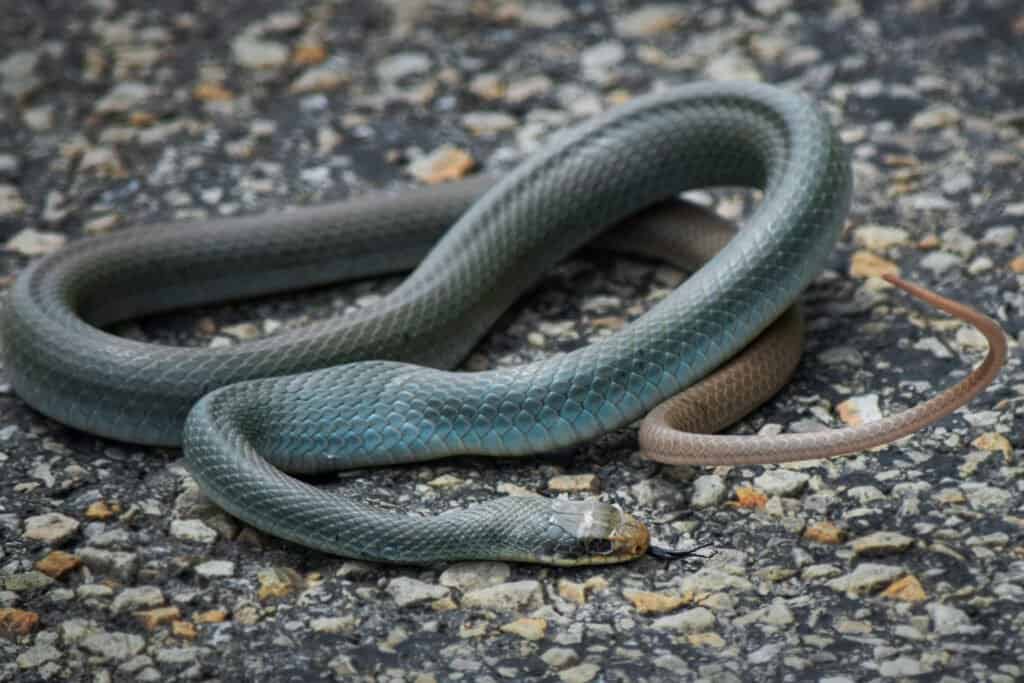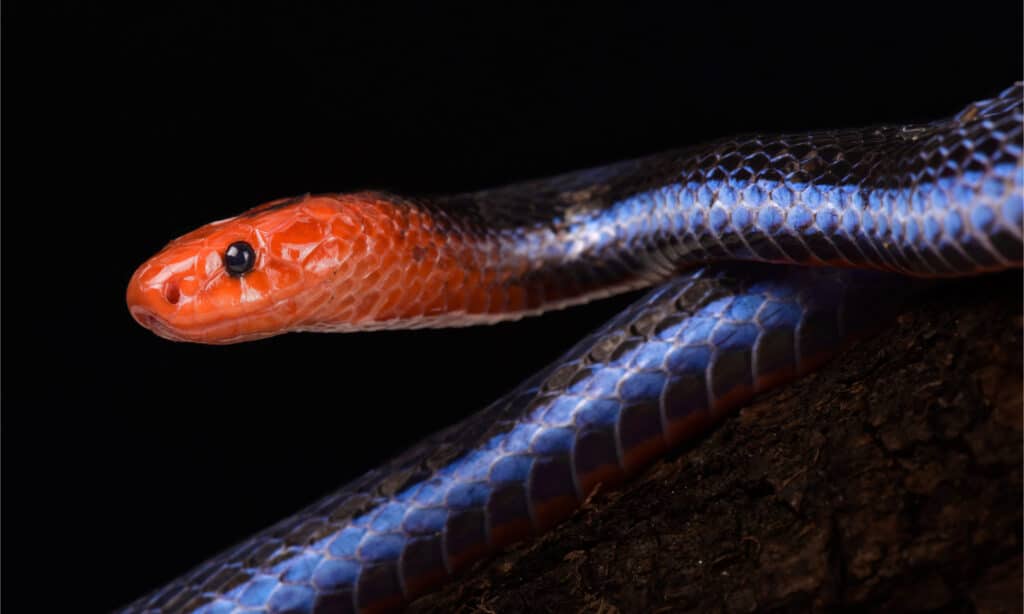Introduction
Australia is famous for its unique wild animals, consisting of a varied variety of venomous serpents. These animals, while commonly been afraid, play essential duties in preserving eco-friendly equilibrium. Understanding the preservation of Australia's venomous serpents and the bandy bandy snake function that education and learning and recognition play can substantially enhance our coexistence with these remarkable reptiles. This post discovers different elements of snake conservation, the importance of public education, and useful emergency treatment procedures for snake bites.
Conservation of Australia's Venomous Snakes: The Duty of Education and Awareness
In Australia, serpents are an important part of the environment, controlling bug populations and contributing to biodiversity. Nevertheless, many species deal with risks due to habitat loss, environment change, and human activity. The conservation efforts aimed at shielding these reptiles pivot substantially on education and elevating recognition among the general public.
By educating people about snake behavior, their ecological significance, and safe methods for cohabiting with them, we can decrease fear-driven actions that result in unnecessary murders or injuries. Educational initiatives aid eliminate myths surrounding serpents-- such as the common question: are tiger snakes venomous?-- and motivate respect for their duty in nature.
The Importance of Recognition Programs
Awareness programs are essential in changing public understandings regarding serpents. Lots of people see these reptiles as naturally harmful without comprehending their eco-friendly roles. Public outreach efforts can consist of workshops, neighborhood events, school programs, and details projects made to enlighten people concerning:
- Identification of poisonous species: Comprehending which snakes are dangerous assists people prevent encounters. Safe behaviors: Teaching people just how to act around serpents can prevent bites. First aid knowledge: In situations where bites do occur, being educated regarding emergency treatment for serpent attacks can conserve lives.
By boosting recognition with structured education initiatives, we can promote a society that appreciates wildlife and concentrates on coexistence rather than fear.
Types of Venomous Snakes Established In Australia
Australia is home to some of the globe's most poisonous serpents. Right here's a quick introduction:
Tiger Snake (Notechis scutatus)- Commonly found in seaside regions. Known for its potent neurotoxic venom. Frequently seen near water bodies.
- Highly aggressive with powerful venom. Responsible for more snakebite casualties than any kind of various other species in Australia.
- Known for its ambush hunting style. Has swift striking speed with highly neurotoxic venom.
- One of Australia's largest poisonous snakes. Its bite can deliver huge quantities of neurotoxin.
- Generally non-aggressive but still possesses hazardous venom. Found mostly along the southwestern coast.
Understanding Their Habitats
Understanding tiger snake environment is important for both preservation initiatives and public security. Tiger snakes flourish in areas near water resources such as swamps, lakes, and marshes yet they likewise inhabit seaside areas. Shielding these environments is crucial for guaranteeing the survival of not only tiger serpents however also various other wild animals within these ecosystems.

Habitat Security Initiatives
Various organizations work towards environment security via initiatives such as:
- Establishing secured areas Restoring degraded habitats Promoting sustainable land use practices
These determines not only benefit tiger snakes however add to overall biodiversity conservation.
The Duty of Research study in Preservation Efforts
Research plays a critical role in comprehending serpent populations and their health condition. Ongoing research studies right into the ecology and habits of Australian serpents notify conservation strategies by supplying data on populace numbers, breeding patterns, and risks dealt with by different species.
Key Research Areas Include:
- Venom analysis Population dynamics Habitat preferences
This study can direct effective management plans to secure prone varieties while facilitating coexistence with humans.
First Help for Serpent Bites: Necessary Knowledge
One critical facet that links with education and learning is recognizing what to do in instance one suffers from a serpent attack-- a situation that demands prompt response skills.
What Every Emergency treatment Kit Should Contain
An appropriate serpent bite first aid set ought to consist of:
- Compression bandages Sterile gauze pads Antiseptic wipes A splint or immobilization device Emergency get in touch with numbers
Step-by-Step Emergency treatment Treatment for Serpent Bite
Remain calm; attempt to restrict movement as it might spread out venom quickly. Apply a compression plaster over the bite site without removing circulation. Keep the bitten limb immobilized at or listed below heart level. Seek emergency medical assistance immediately.Why Education and learning on First Aid Is Crucial
Educating areas concerning first aid actions ensures prompt actions during emergency situations which can significantly reduce morbidity connected with serpent bites across Australia.
Frequently Asked Concerns (FAQs)
1. Are tiger serpents venomous?
Yes! Tiger serpents are very poisonous with neurotoxic effects which make punctual clinical treatment crucial after a bite.
2. What need to I do if attacked by a baby tiger snake?
Follow criterion emergency treatment treatments quickly-- keep calm, debilitate the arm or leg, use pressure above the bite site using a bandage or fabric without limiting blood circulation-- and seek medical assistance without delay.
3. How common are snake attacks in Australia?
While data differ year-to-year as a result of variables like climate condition affecting snake activities; ordinary records suggest around 300 situations annually with fatalities being fairly uncommon because of better clinical responses.

4. Can I treat a serpent bite at home?
No! Home treatments such as applying ice or drawing out venom are inefficient; professional clinical focus is essential after any kind of suspected bite incident.
5. What's special about eastern brownish snakes?
They're understood for their aggressive nature combined with potent poison; they represent most fatal bites in Australia due largely to their closeness to inhabited areas!
6. What are some typical signs adhering to a snake bite?
Symptoms may include swelling around the bite area, pain at or near the website; systemic signs and symptoms can involve queasiness or trouble taking a breath relying on contaminant kind taken in into bloodstream!
Conclusion
Conservation efforts bordering Australian venemous serpents hinge on reliable instructional methods that equip communities while fostering respect towards these often-misunderstood animals! By boosting recognition regarding their eco-friendly relevance alongside proper safety and security methods-- including emergency treatment understanding-- we lead roadways toward sustainable conjunction benefiting both people & & wild animals alike!

In essence-- the discussion surrounding Red-bellied Black Snake conservation has to continue prospering through proactive engagement weding scientific research alongside area involvement ensuring significant https://keeganogpo879.hpage.com/post1.html impact today & & tomorrow!